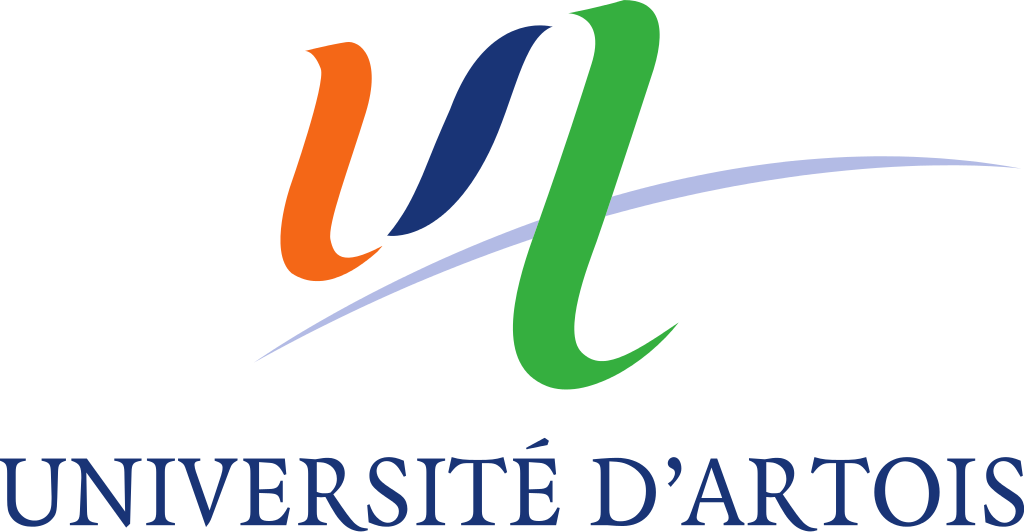In vitro blood-brain barrier permeability and cerebral endothelial cell uptake of the neuroprotective nitrone compound NXY-059 in normoxic, hypoxic and ischemic conditions
Résumé
The free radical trapping nitrone compounds α-phenyl-N-tert-butylnitrone (PBN), 2-sulfophenyl-N-tert-butylnitrone (S-PBN) and disodium 2,4-disulfophenyl-N-tert-butyl nitrone (NXY-059) are effective neuroprotective agents in experimental models of both transient and permanent focal ischemia. A recent in vivo study suggested that NXY-059 had poor brain uptake in a transient ischemia model.We have now examined its blood-brain barrier permeability and cerebral endothelial uptake during hypoxic and ischemic conditions using an in vitro model of the blood-brain barrier. The in vitro blood-brain barrier permeability and cerebral endothelial uptake of NXY-059 and S-PBN were low during normoxic conditions. In contrast, PBN had very high blood-brain barrier penetration in vitro which confirmed earlier in vivo results. The permeability of [ 14C]NXY-059 increased 3.5 times after 9 h of hypoxia or 3 h of ischemia. There was, respectively, a 5-fold and more than 10-fold increase, after 6 and 9 h of ischemia. The control molecule [3H]inulin (Mr~5000) showed a similar increase in permeability under the same experimental conditions indicating a major change in the transport properties of the endothelium. There was a 60% reduction in the ATP levels of astrocytes after 3 h of ischemia and a 90% reduction after 9 h. The reduction in ATP levels in endothelial cells was somewhat lower. The uptake of NXY-059 in cerebral endothelial cells under normoxic, hypoxic or 9 h of ischemic conditions was negligible. NXY-059, S-PBN and PBN showed no effects on vesicular transport or the integrity of the blood-brain barrier in normoxic or ischemic conditions, nor did the compounds induce any change in the ATP levels of the cells. In conclusion, it is possible that the increase in blood-brain barrier permeability of [14C]NXY-059 which occurs during prolonged ischemia in vitro reflects a change which may be of importance to the neuroprotective effects of this nitrone free radical trapping agent.
